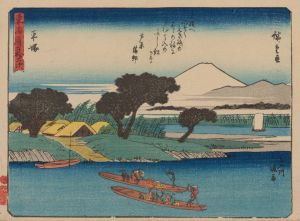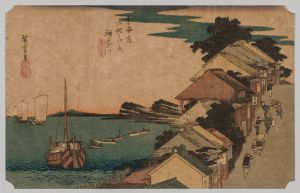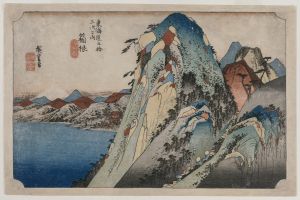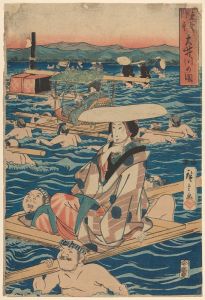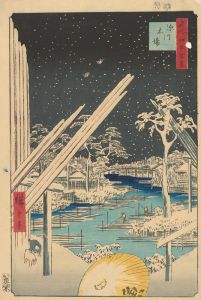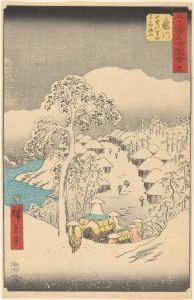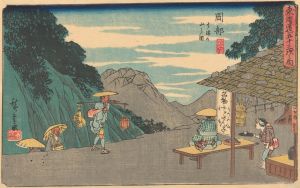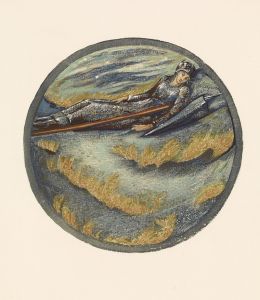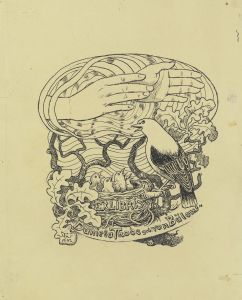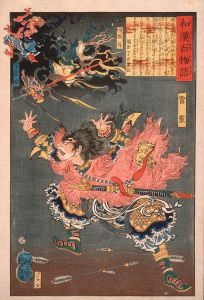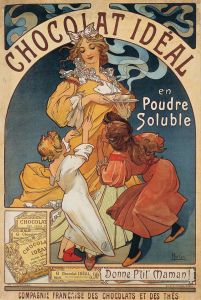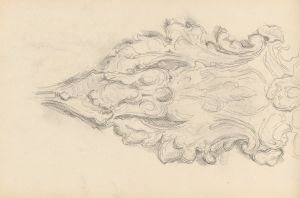
Grosbeak and Clematis
A hand-painted replica of Andō Hiroshige’s masterpiece Grosbeak and Clematis, meticulously crafted by professional artists to capture the true essence of the original. Each piece is created with museum-quality canvas and rare mineral pigments, carefully painted by experienced artists with delicate brushstrokes and rich, layered colors to perfectly recreate the texture of the original artwork. Unlike machine-printed reproductions, this hand-painted version brings the painting to life, infused with the artist’s emotions and skill in every stroke. Whether for personal collection or home decoration, it instantly elevates the artistic atmosphere of any space.
Andō Hiroshige (1797–1858) was a prominent Japanese ukiyo-e artist of the Edo period, celebrated for his landscape prints and depictions of nature. Among his works is the woodblock print titled Grosbeak and Clematis (Isuka to Tessen in Japanese), which exemplifies his mastery in portraying birds and flowers, a genre known as kachō-e (pictures of birds and flowers).
This print is part of Hiroshige's series Small Flowers (Kobana), which features various seasonal plants and birds. Grosbeak and Clematis depicts a grosbeak perched delicately on a branch of clematis flowers. The composition is characterized by its elegant simplicity and attention to detail, hallmarks of Hiroshige's style. The grosbeak is rendered with fine lines and subtle coloration, while the clematis flowers are depicted with a graceful flow, emphasizing their natural beauty. The background is typically plain, allowing the viewer to focus on the interaction between the bird and the plant.
Hiroshige's kachō-e works, including Grosbeak and Clematis, reflect the influence of earlier artists such as Katsushika Hokusai, who also explored this genre. However, Hiroshige's approach is often noted for its softer, more lyrical quality. His bird-and-flower prints were not only appreciated for their aesthetic appeal but also for their connection to Japanese cultural and poetic traditions, where specific plants and animals are associated with particular seasons or symbolic meanings.
The print was created using the traditional Japanese woodblock printing technique, which involved a collaborative process. Hiroshige would design the image, which was then carved into wooden blocks by skilled artisans and printed onto paper using natural pigments. This method allowed for the production of multiple copies, making ukiyo-e prints widely accessible during the Edo period.
Today, Grosbeak and Clematis is recognized as an example of Hiroshige's ability to capture the harmony of nature in his art. The print is held in various collections worldwide, including museums and private collections, where it continues to be appreciated for its artistic and cultural significance.





